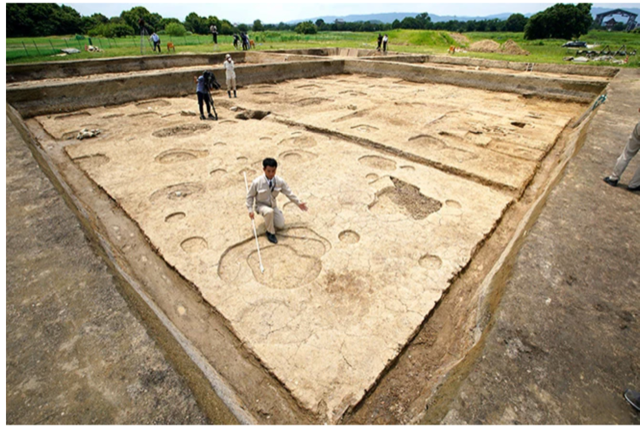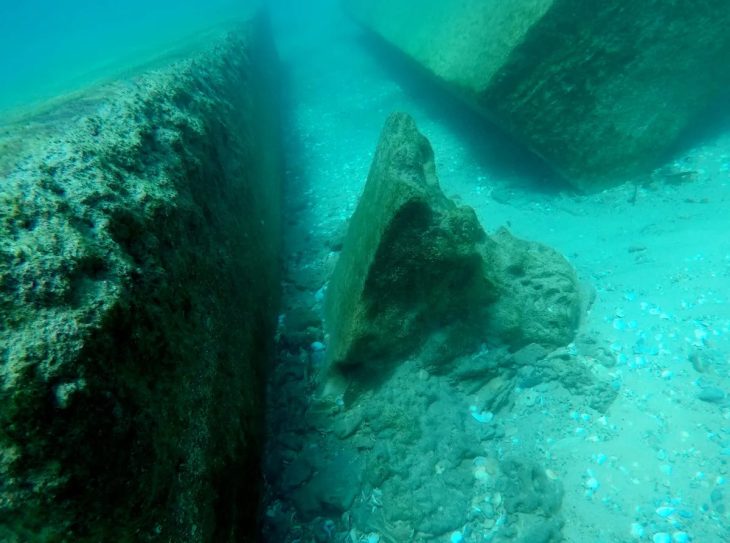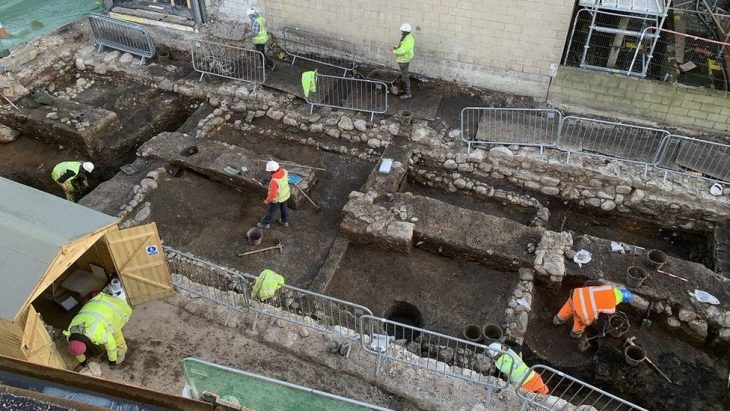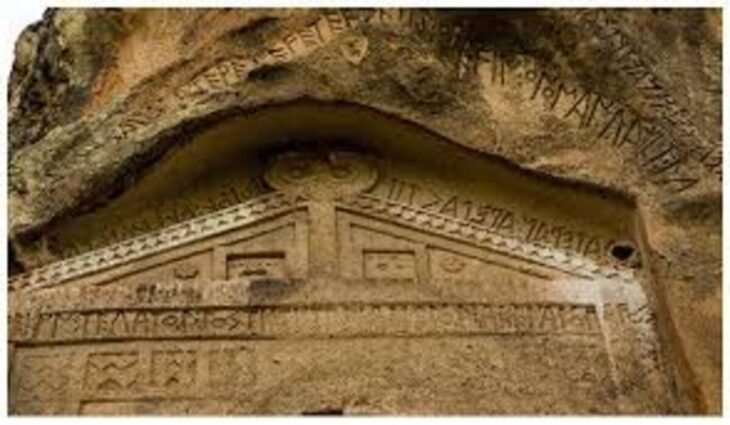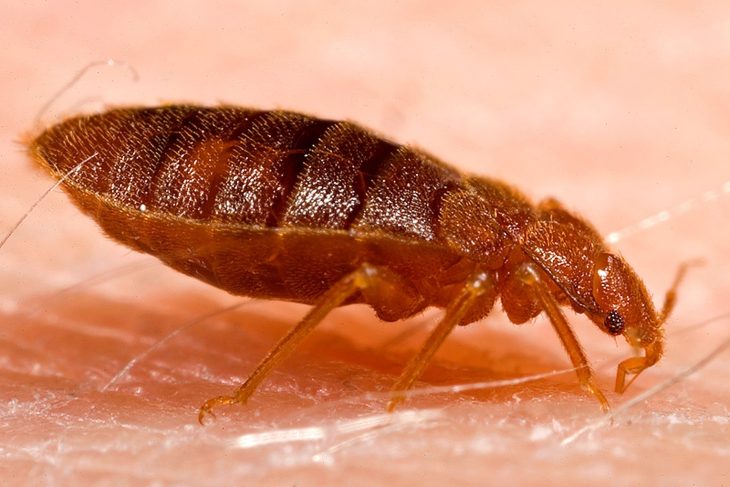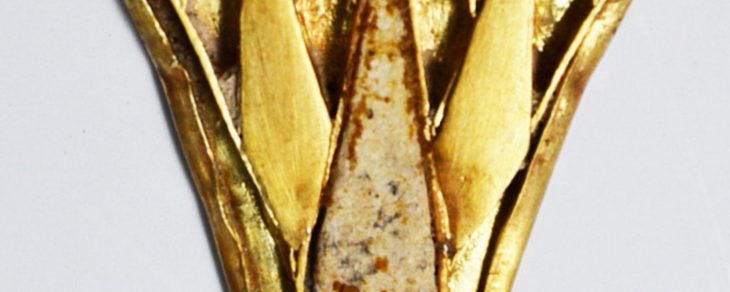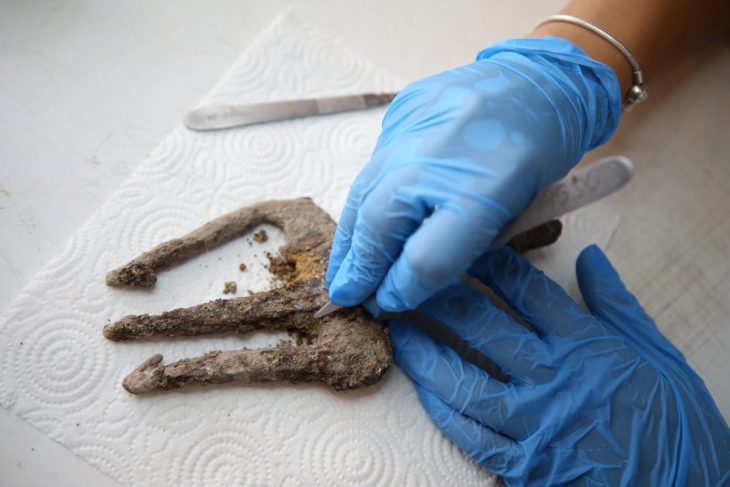Archaeologists unearthed one of the largest building remains ever found at the former site of the Heijokyu palace in the ancient city of Nara, Japan.
The findings were announced on June 30 by the Nara National Research Institute for Cultural Properties at the government-designated special historic site.
It’s thought that the edifice served as the centerpiece of a late-eighth-century home for emperors and crown princes. According to one scholar, the structure was a most likely residence for female Emperor Koken (718-770).
According to the institute, archaeologists began investigating a 924-square-meter site in Toin’s northern region in March. Toin is located in the eastern part of the Heijokyu palace, the nerve center of politics during the Nara Period (710-784).
They unearthed ruins of a rectangular-shaped structure, which spans 27 meters in an east-west direction and 12 meters in a north-south direction. Also found were 50 pits dug in the ground to place pillars into them. The holes are lined up about 3 meters apart.

The building, supported by pillars placed in a grid-like formation, likely served as a living space, according to the institute.
Based on the characteristics of a pattern on roof tiles found in pits, researchers calculated that the edifice stood there between 749 and 770 during the Nara Period. During the building’s nearly 20-year lifetime, Koken ruled from 749 to 758 before abdicating in favor of Emperor Junnin. Koken, who was believed to have liked a Buddhist monk named Dokyo, again to the throne as Emperor Shotoku from 764 to 770.
The imperially commissioned history literature on the Nara Period, “Shoku Nihongi,” says that Emperor Shomu (701-756), Koken’s father, lived in Toin when he was crown prince. Later, the area was used to construct an emperor’s home.
“Koken particularly liked Toin, according to Shoku Nihongi,” said Akihiro Watanabe, a professor of Japanese ancient history at Nara University. “I believe the (discovered) structure was her living space.”
The institute said it plans to post a video of the ruins on its official YouTube channel in late July.
Source: The Asahi Shimbun, Cover Photo: Takuya Tanabe

